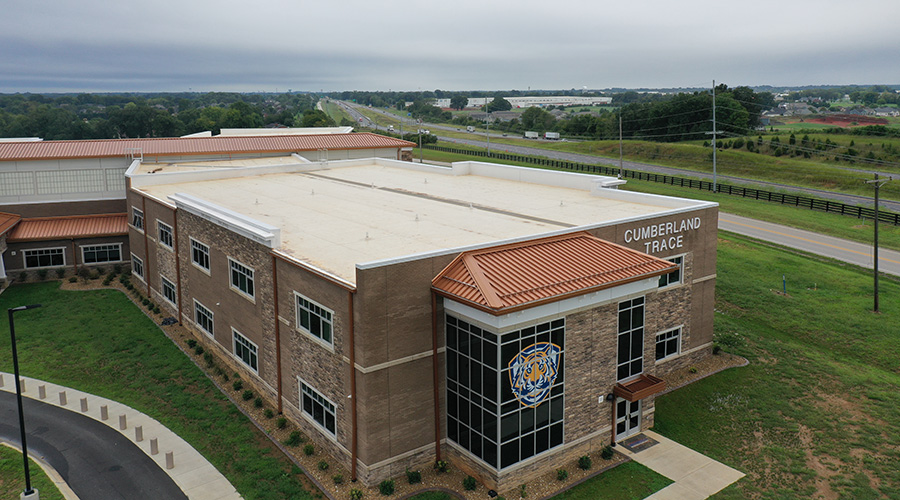Retrofits or New Construction? Trend Emerges in Higher Education
Study finds that more colleges and universities opting to reuse and renovate than build new
By Dave Lubach, Executive Editor
Shiny toys are always fun to play with, but sometimes budgets don’t allow for new toys, so older favorites need a little cleanup and tender loving care before they can be used again.
This metaphor also can be used to describe the state of construction projects at universities across the United States. With construction project funding in a state of flux for many institutions of higher learning, new construction is more often these days shelved in favor of renovations and adaptive reuse of existing buildings.
According to sector research group Gordian, the trend of existing in current campus assets is growing at a rate of 26 percent increase year after year toward renovations over new construction.
Mark Sullivan, an architect and campus facilities expert and partner with JZA + D in New Jersey, says colleges and universities are shifting money from new projects and focusing on more modest investments to existing buildings.
“These days, most higher education institutions are not committing to any facility that isn’t already in the ground, or close to it,” he says. “Universities always want to build a new athletic center or tech hub to stay competitive in recruiting student applicants and new faculty, but the possibility of tariffs and economic uncertainty, among other factors, is leading decision-makers to invest in value-driven projects – upgrading and adapting existing assets in ways that deliver value per-square-foot while expending fewer resources.”
Architects and designers are finding that universities see value in their existing buildings. In a college setting, often the buildings have historic value to the schools. They are the buildings that the admissions teams use to promote their education opportunities, and the buildings that are shown to the nation when events such as football games are held on campuses and broadcast live to the country.
Architects are showing campus planners and construction teams the value of reimaging and repurposing buildings instead of tearing down and building up again. As an example, Sullivan points to projects his firm recently completed in New Jersey that renovated off-campus townhomes and lecture halls. Projects like these are examples of Sullivan’s claim that, “the watchword is, ‘if it’s not broken, don’t spend money on it.’”
“These locations are the foundation of campus life: academic settings and living spaces,” he says. “They make an impression on visiting student applicants, so they should look fresh and appealing.”
Another trend that Sullivan sees in the campus design space is the public facing facilities upgrades. Welcome centers are the first point of contact for many students and parents, and a grand opportunity to make a strong impression on a group of people who are considering making that university their home for the next four years.
One example of these was a project that JZA + D designed at Rutgers University – Camden. In the area where potential students meet for tours, the design included brand-designed colors and finishes as well as upgraded artwork and other appealing visual media.
Few renovations will come cheaply for any colleges or universities, but facility executives and university leaders are learning that the better bang for their buck might be to give their facilities a small upgrade than to tear down and start all over.
“Being less resource-intensive, these kinds of projects can still have a big impact,” Sullivan says.
Dave Lubach is the executive editor for the facilities market.
Related Topics:












